Travelling through time with waves
«Everything that happens in our world, happens because energy moves from one place to another.»
The Guardian, 2014Sometimes sought and found deliberately, sometimes discovered by chance: the search for explanations of phenomena we observe around us often leads to waves. Here is a small selection of important discoveries.
Sound waves
The Greek philosopher Chrysippos recognises that sound propagates in waves.
Light: wave or particle?
1672: Sir Isaac Newton explains the propagation of light with the movement of tiny particles. At the same time, Christiaan Huygens argues that light, like water, travels in waves.
Waves run around corners
1678: Huygens’ principle states that every point of a wave front can be regarded as the starting point of a new wave. This explains, among other things, why waves travel around obstacles.
Earthquake waves
1760: John Michell describes earthquakes as wave-like movements originating from within the Earth.
Infrared radiation
1800: The siblings Caroline and Wilhelm Herschel discover that the colours of sunlight have different temperatures and that it is warmest ‘beyond’ red.
Light: wave!
1801: Thomas Young proves with his double-slit experiment that light behaves like a wave – as postulated by Huygens.
Light: electromagnetic wave!
1864: James Clerk Maxwell shows mathematically that electromagnetic waves exist and that they propagate as fast as light. From this he concludes that light is an electromagnetic wave.
Radio waves
Heinrich Hertz confirms Maxwell’s theory that electromagnetic waves exist when he generates and measures radio waves (electromagnetic waves with long wavelengths). Their transmission from transmitter to receiver is the beginning of radio.
X-rays
Wilhelm Conrad Röntgen discovers by chance that electromagnetic waves with short wavelengths can shine through solid materials. He calls them X-rays and in 1901 is awarded the first Nobel Prize in Physics for his discovery.
Gamma radiation
1900: Paul Villard discovers that radioactive decay produces electromagnetic radiation in addition to alpha and beta particles.
Light: wave and particle!
Albert Einstein postulates that light is both a wave and a particle (wave-particle duality). Clinton Davisson and Lester Germer show that electrons have wave properties and that wave-particle duality thus exists.
Gravitational waves
Gravitational waves are measured for the first time after having been proposed by Henri Poincaré in 1905 and predicted by Einstein in 1916. Rainer Weiss, Barry Barish and Kip Thorne receive the Nobel Prize in Physics for this discovery in 2017.
Shaping the future
Waves are central to our lives and to solving many of the challenges we face. They are an important tool, for example, in the implementation of sustainable processes. At ETH Zurich, there are many exciting opportunities to use waves to help shape a positive future for people and the environment.
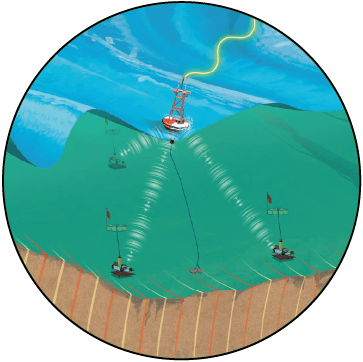 Help improve earthquake and tsunami early warning systems.
Help improve earthquake and tsunami early warning systems.
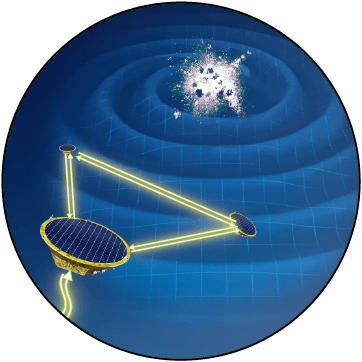 Unlock the secrets of the universe with gravitational waves.
Unlock the secrets of the universe with gravitational waves.
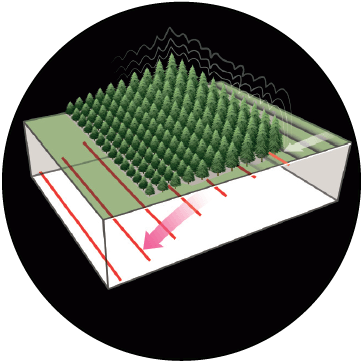 Reduce the risk of earthquake damage by manipulating earthquake waves.
Reduce the risk of earthquake damage by manipulating earthquake waves.
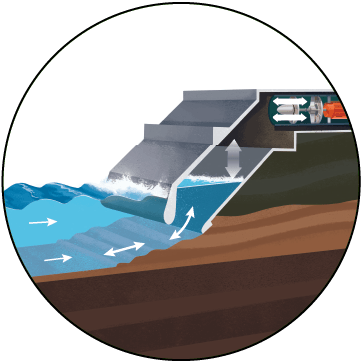 Build hydroelectric plants in the sea and use the energy of the waves to produce electricity.
Build hydroelectric plants in the sea and use the energy of the waves to produce electricity.
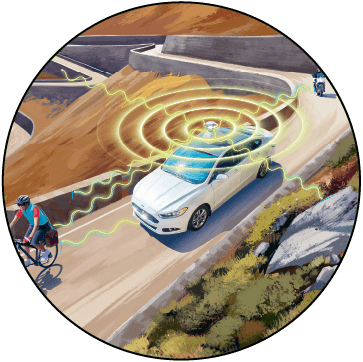 Design safe self-driving cars.
Design safe self-driving cars.
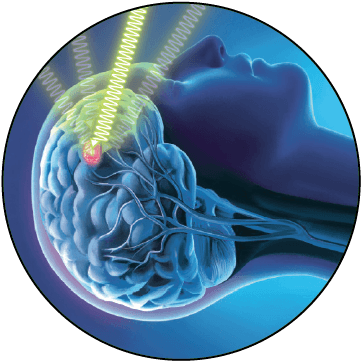 Refine surgical devices so that medical procedures are as little invasive as possible.
Refine surgical devices so that medical procedures are as little invasive as possible.
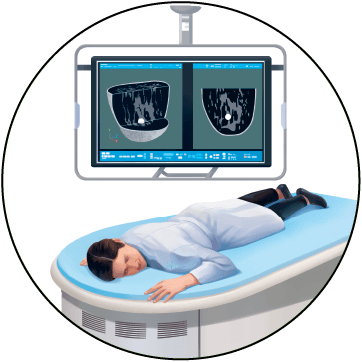 Improve medical imaging for more accurate disease diagnosis.
Improve medical imaging for more accurate disease diagnosis.
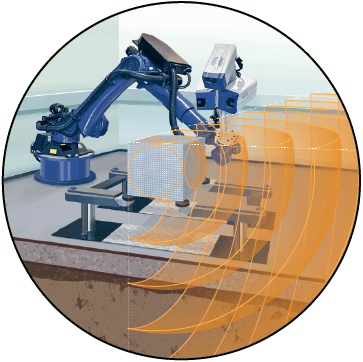 Figure out a way to store CO2 safely underground.
Figure out a way to store CO2 safely underground.
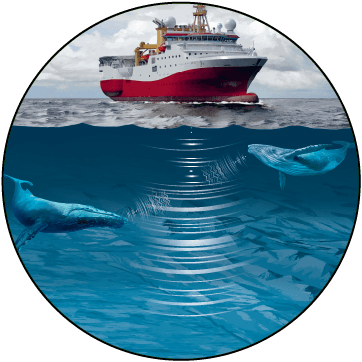 Develop methods for more efficient resource exploration to limit the environmental impact.
Develop methods for more efficient resource exploration to limit the environmental impact.